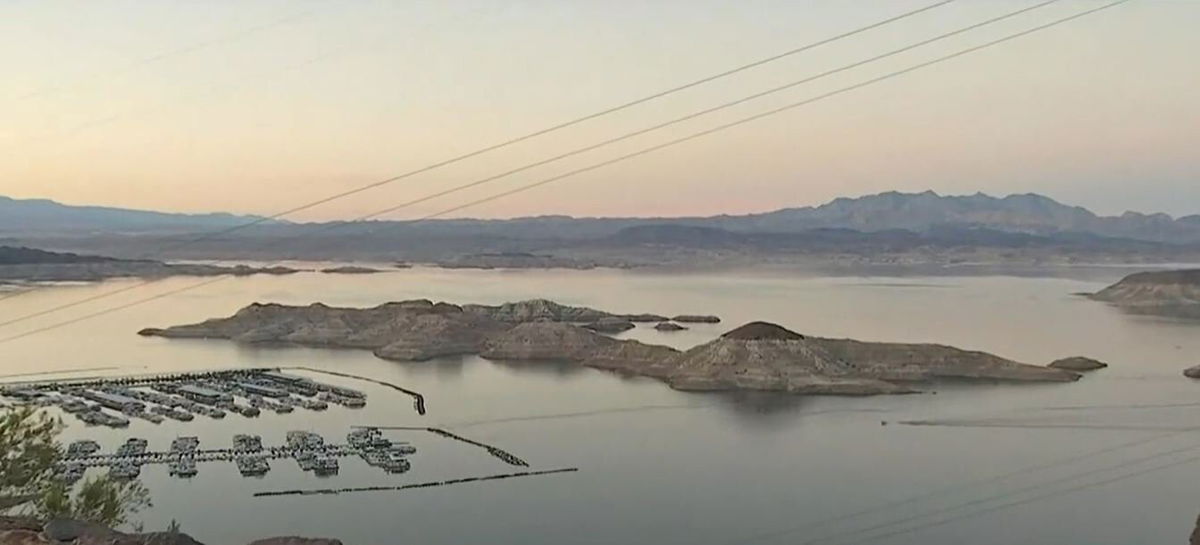SNHD: Juvenile dies from brain-eating amoeba likely contracted at Lake Mead

Juvenile dies from brain-eating amoeba likely contracted at Lake Mead.
By Cody Lee and Drew Andre
Click here for updates on this story
LAS VEGAS, Nevada (KVVU) — The Southern Nevada Health District is reporting a death from a common infection found in warm freshwater.
The health district said a male juvenile died after possibly being exposed at Lake Mead on the Arizona side of the lake at the beginning of October.
The Centers for Disease Control and Prevention notified the Southern Nevada Health District that Naegleria fowleri was confirmed as the cause of the patient’s illness.
Naegleria fowleri is commonly found in lakes and rivers, and in geothermal water, such as hot springs according to the health district.
“It is a commonly occurring organism so it is known to be found in all these areas,” SNHD communicable disease manager Kimberly Franich said. “It’s just uncommon that a person is infected.”
This organism can enter a person’s body through the nose and then travels to the brain. It cannot infect people if swallowed and is not spread from person to person. The health district said the infection is extremely rare but almost always deadly.
Symptoms of this brain infection include headache, fever, nausea, or vomiting. Symptoms progress to a stiff neck, seizures and coma that can lead to death.
“My condolences go out to the family of this young man,” said Dr. Fermin Leguen, District Health Officer for the Health District. “While I want to reassure the public that this type of infection is an extremely rare occurrence, I know this brings no comfort to his family and friends at this time.”
The Clark County boy may have been exposed in the Kingman Wash area of Lake Mead National Recreation Area.
A 14-year-old that swam in Lake Havasu died from the brain-eating amoeba infection in 2007. At the time Lake Mead officials said it wasn’t a concern at Lake Mead because it’s a much larger body of water.
SNHD said the amoeba is naturally occurring, and there is no routine test for Naegleria fowleri.
Previous water testing has shown that it is regularly found in freshwater bodies and though the risk is low, recreational water users should always assume there is a risk when they enter warm fresh water.
Recommended precautions from the CDC include:
Avoid jumping or diving into bodies of warm freshwater, especially during the summer. Hold your nose shut, use nose clips, or keep your head above water when in bodies of warm fresh water. Avoid putting your head underwater in hot springs and other untreated geothermal waters. Avoid digging in, or stirring up, the sediment in shallow warm fresh water. The National Park Service said this is the first confirmed fatality caused by Naegleria fowleri exposure at Lake Mead National Recreation Area.
“The National Park Service, working with the NPS Office of Public Health, has made the decision to continue to allow recreational swimming at Lake Mead National Recreation as the organism exists naturally and commonly in the environment but the disease is extremely rare,” said Dr. Maria Said, U.S Public Health Service Officer. “However, recreational water users should always assume there is a risk anytime they enter warm fresh water.”
Please note: This content carries a strict local market embargo. If you share the same market as the contributor of this article, you may not use it on any platform.